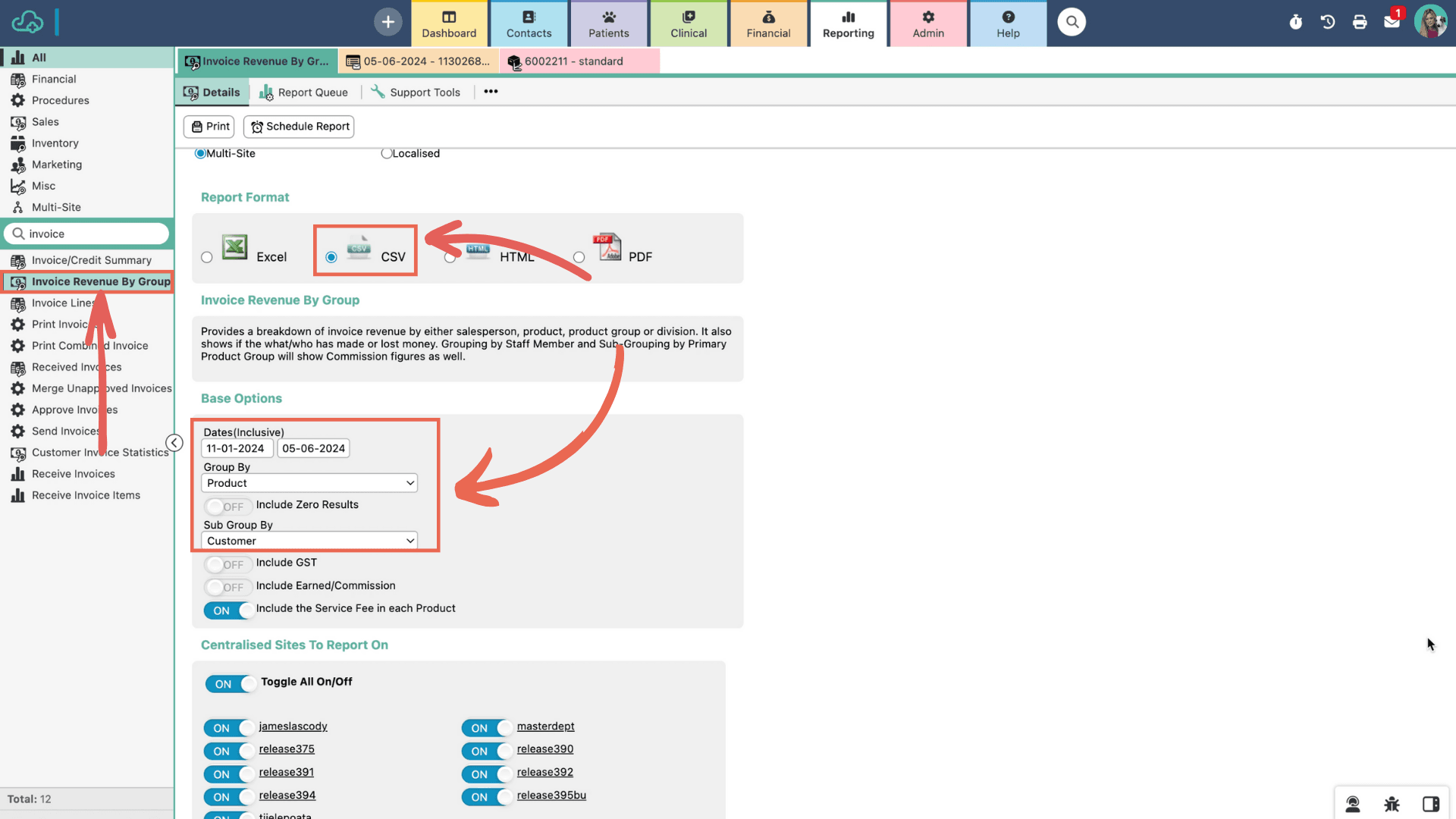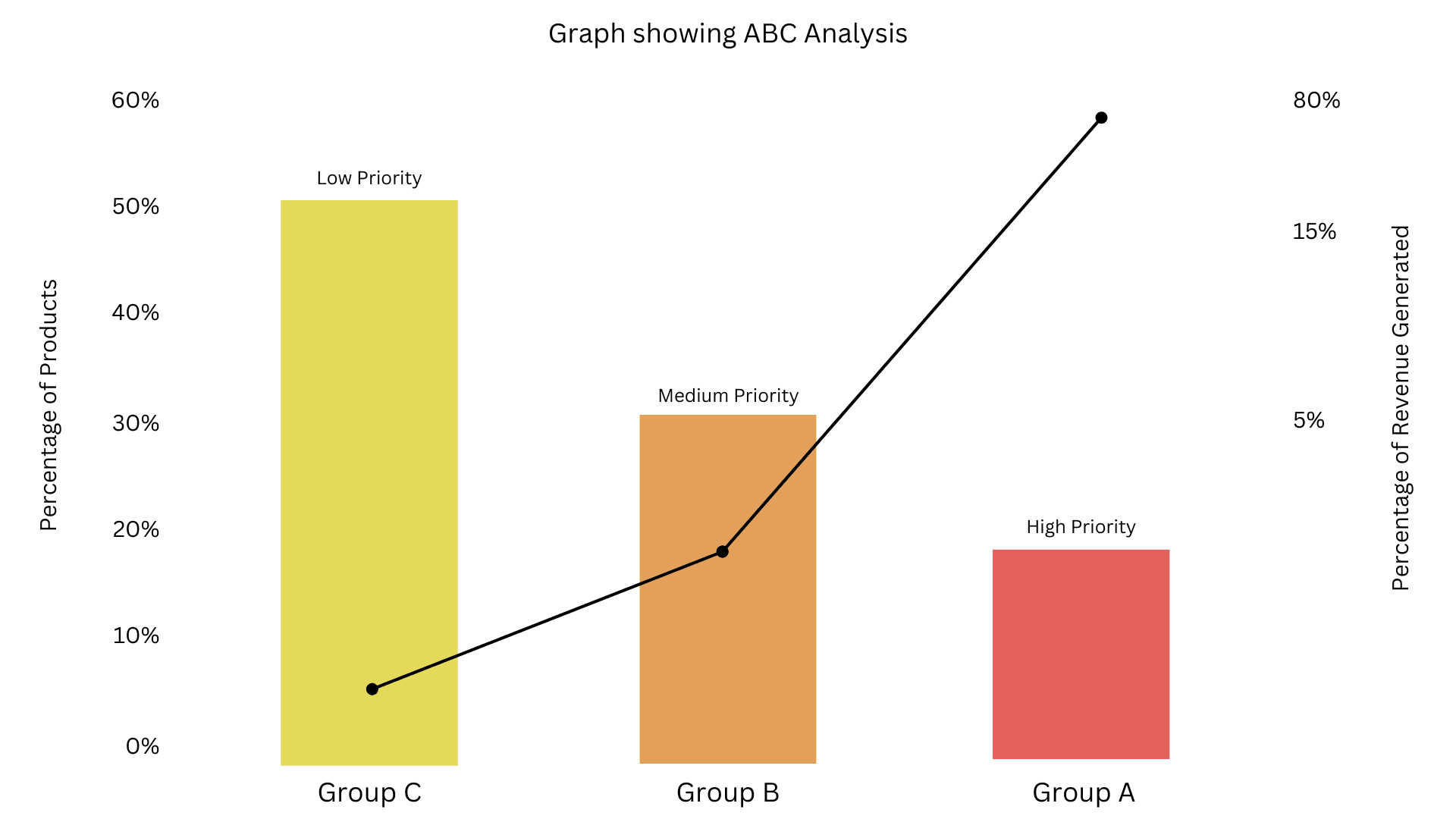
Streamlined veterinary inventory management is key to running a successful and profitable practices. Every practice, regardless of size, should be confident that their inventory levels are accurate, allowing them to ‘right size’ their inventory investment and maintain the required stock to take good care of patients.
In this two-part blog series, we'll guide you through the best practices for managing your inventory. We'll provide practical steps to establish a solid foundation for your new or existing inventory, and help you take control of your inventory through digitized process management. We’ll also show you how to make these best practices a reality by using ezyVet Scan.
Key takeaways:
- Part 1: Set the foundation for your new or existing inventory.
- Align your product categories with your software systems.
- Organize your products according to priority.
- Easily identify products on the go.
- Part 2: Take control of your inventory management through digitized process management.
- Ditch the manual inventory processes and go digital.
- Incorporate inventory counts into your team’s routine.
- Manage barcodes effortlessly.
- Transfer inventory seamlessly between locations.
Part 1: Set the foundation for your new or existing inventory
Align your product categories with your software systems
Good setup and good usage equal good numbers - that’s the mantra of inventory.
The first step in any veterinary inventory management guide emphasizes the importance of aligning your inventory management software with your accounting software. This makes for coherent financial reporting and accurate stock numbers.
An easy way to align the two is by setting up identical product categories in both systems. Fortunately, veterinary software with inventory management built into it - like ezyVet! - makes it easy to align your inventory categories. Make sure your products are categorized consistently; for example, the antibiotics are all categorized together and the nutrition products are categorized together.
These categories depend on the focus, size, and type of practice so they will vary, and the level of detail that you want to go into here will be totally dependent on you.
Pro tip: Watch the “Best practices for veterinary inventory management webinar” to see exactly how to set up categories and product groups in ezyVet.
Organize your products according to priority
Use the popular method called ABC analysis to identify and prioritize your top selling and most valuable products. Divide these products into three groups - A, B, and C - so that you know what to spend your time and effort on to maximize your profits.
Group A should be the top 20% of your products which generate 80% of your practice revenue from stock. Those items be prioritized for stock/availability, affordability, and convenience.
Next, look for the next 30% of your products that are the highest revenue generators in your buy/sell cycle, and call these Group B.
Group C will be whatever is left in your buy/sell cycle, making up the final 50% of your products.
The fastest way to figure this out is to run a revenue report at a product level from the last three-to-six months. In ezyVet's business reporting module, you’ll generate an “Invoice revenue by group” report, export the .CSV file, and filter by revenue.

Easily identify products on the go
Physically color code your products according to their ABC grouping. That way it’s easy to keep an eye on stock levels at a glance and how urgent it is to replenish.
- Red products (Group A): These 20% are your top sellers and most high priority stock. You’ll want to ensure you don’t run out of these as they are used daily and ordered regularly. These are likely to be pharmaceuticals, vaccines, and flea/deworming products.
- Orange products (Group B): These 30% are medium priority products. You’ll need to monitor them carefully as they’re easy to forget because you’re not using them as often, yet they are critical if not on-hand. These may be items like pet food or cones.
- Yellow products - (Group C): These are your remaining 50% and of the lowest priority. It’s easier to maintain stock levels of these items because they can be ordered and replenished within a few days. These might be items like tongue depressors, cotton balls or gauze – the types of consumables used every day and kept in larger quantities.

Some practices choose not to include consumables in their ABC analysis. However, that depends on whether you include them in your cost to consult or cost of goods reports.
Conclusion
There are a lot of things you can do to build capability and refine your inventory management - like getting deeper into the numbers with markup versus margins etc. - but we've chosen to focus on these simple steps as we believe they are the most impactful when laying foundations correctly. The key is to lay the foundations in a way that's easy for your staff to use and maintain. Whether you're starting a new practice or already have your inventory set up and running, these are three things you can do to organize your products to take control of your inventory processes.
Stay tuned for part two, where we'll cover the four steps to to setting your team up for success with digitized processes. We'll show you how to use ezyVet's free mobile inventory management app, which is fully integrated with ezyVet's inventory and updates data in real time.
If you'd like to get set up with ezyVet Scan, book a demo to see in detail how ezyVet inventory works with Scan to streamline and simplify inventory management.
Or join the ezyVet team on a short webinar – we'll show you how to action best practices using ezyVet Scan. Click the button below to register.